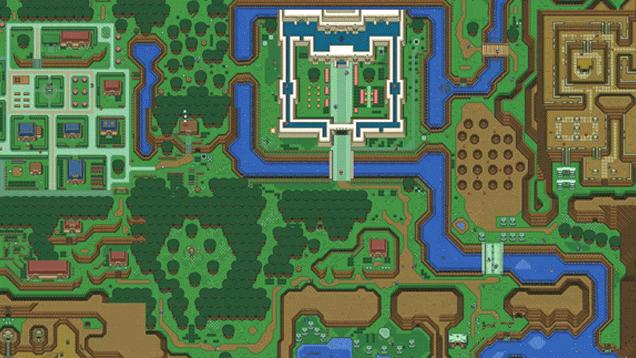Image & Form on how Rusty’s Runbow collaboration came about, open to seeing the character in a Renegade Kid game
Posted on 10 years ago by Brian(@NE_Brian) in General Nintendo, News, Wii U eShop | 0 comments
Rusty from SteamWorld Dig is appearing in the indie Wii U game Runbow as one of several guest characters. In an interview with Nintendo Okie, Image & Form CEO Brjann Sigurgeirsson explained how Rusty made it into the title.
He said:
Dave Proctor, one of the splendid guys at 13am, simply shot me an email and asked. In the indie community it doesn’t have to be harder than that. That doesn’t mean that we automatically agree to everything. But he sent a gameplay video, and I thought Runbow looked really cool. We then met for beer and Mexican food in San Francisco during GDC and had a wonderful time. I hope Runbow does really well, and that 13am continues to be successful.
Continuing on the topic of collaborations, Sigurgeirsson also said that he’d be open to having Rusty appear in a Renegade Kid title.
As Sigurgeirsson stated:
There’s this very cool guy called Jools Whatsham, who runs Renegade Kid. He’s always been nice and helpful. I wouldn’t mind Rusty appearing in one of their games. We’ll see if that’ll ever happen.
More: Brjann Sigurgeirsson, Image & Form, indie, Runbow
View Zelda: A Link to the Past’s map in your browser
Posted on 10 years ago by Brian(@NE_Brian) in General Nintendo, News, Random | 3 Comments
One fan has gone to the trouble of remaking the map from The Legend of Zelda: A Link to the Past in HTML5. The entire map can be accessed through your browser at this link. It’s definitely impressive – you can even see NPCs and enemies going about their business!
Scans roundup – Princess PreCure, PoPoLoCrois Farm Story, Splatoon, more
Posted on 10 years ago by Brian(@NE_Brian) in 3DS, Images, Wii U | 0 comments
ValueError thrown
Path cannot be empty


